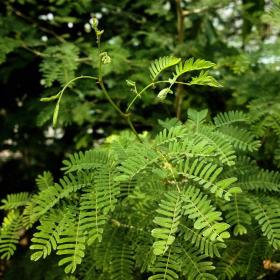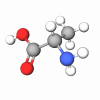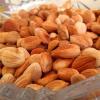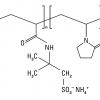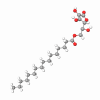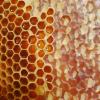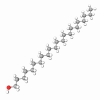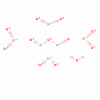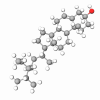Egyptians have used Acacia Senegal gum as a glue and pain reliever throughout the ages. It has also been used to stabilize emulsions. In Africa, it was chewed like gum and is considered highly nutritious. It has been proven that 6 ounces of Acacia Senegal gum is sufficient to support an adult for 24 hours.
Arabic Gum is an odorless resin that appears in nature in the round form or shape of tears, light yellow to reddish-yellow pieces. Obtained from purified plant exudates of Acacia species, Gum Arabic readily dissolves in cold water, is odor- and tasteless, and weakly acidic with a pH value of around 4.5.
Acacia has also been used to form protective, soothing coatings over inflamed respiratory, digestive, and urinary tract areas. Topically, it has been used in lotions as a soothing agent, oil-in-water emulsifier, and astringent. Acacia Senegal gum is used externally to cover inflamed surfaces like bums or nodular leprosy. Whole gum mixtures of acacia have been shown to inhibit the growth of certain bacteria.
It is a complex polysaccharide that is neutral or weakly acidic and contains nitrogenous material (amino acids). This anionic, highly branched macropolysaccharide contains an AGP (arabino-galactan protein complex) that contributes to its emulsifying properties. The sugar monomers contained in a ratio of 3:3:1:1 are galactose, arabinose, rhamnose, and glucuronic acid.Acacia Senegal Gum has been used for several decades to emulsify oils and encapsulate fat-soluble vitamins (A, D, E, and K). In cosmetic lotions, it may be used to emulsify oils or fats and facilitate the uniform incorporation of the lipids in the product. At concentrations below 30%, gum acacia exhibits Newtonian behavior. Acacia Senegal Gum is useful in skincare lotions, creams, astringents, antimicrobial deodorants, and bath products.
Origin
The gum is collected in several countries in the south of the Sahel Zone of Africa (Somalia, Ethiopia, Sudan, Chad, Nigeria, Niger, Mali, Senegal, and Mauritania) by tapping the tree of different kinds of Acacia Senegal species. The main supplier countries are Sudan, Chad, and Nigeria.
Applications
As thickener, stabilizer, emulsifier, suspension agent, or foam stabilizer in
- food (confectionery, beverages, dairy products, bakery products, diabetic and dietetic food, flavors)
- pharmaceutical and cosmetic industry (emulsions, tablets, tablet coating, lotions, facial masks)
- technical applications (adhesive, glue, inks).
